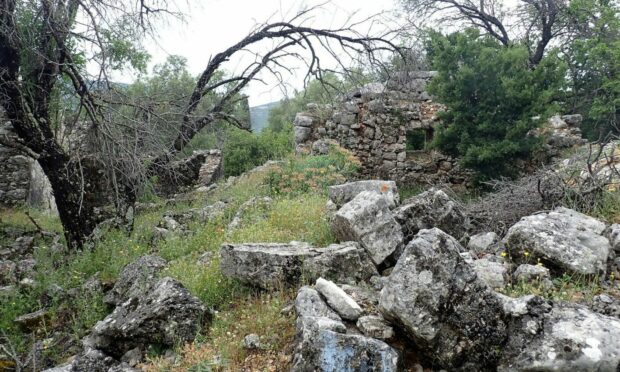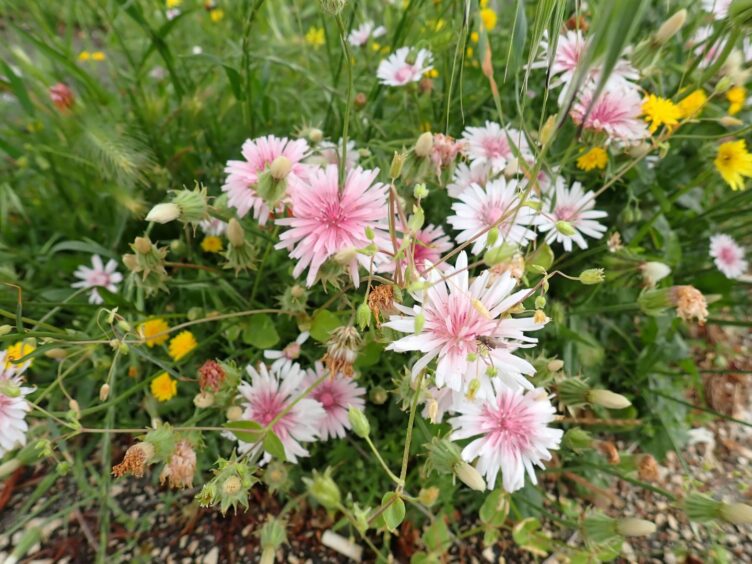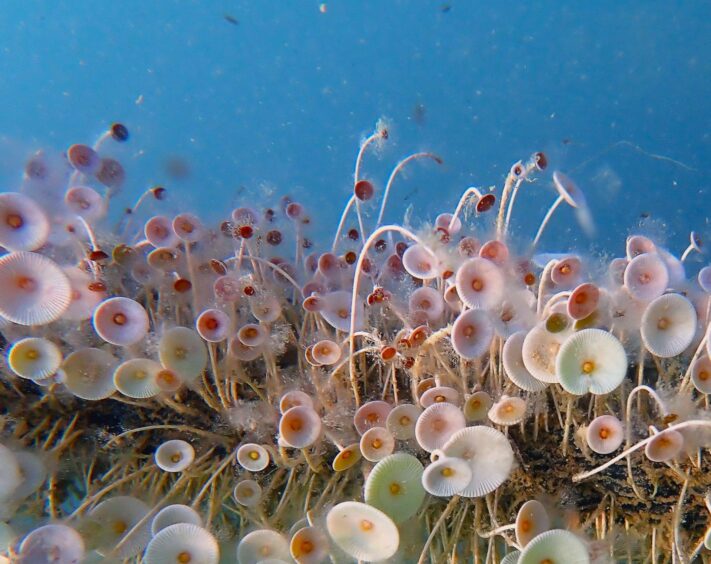The tumbled ruins of this village in Kefalonia encapsulated the power of nature and the fragility of humanity.
In 1953, a terrible earthquake struck Kefalonia, one of the Greek Ionian islands. In less than a minute, villages and towns were destroyed throughout the island, hundreds of people were killed, and even for those lucky enough to survive, life would never be the same. Such was the scale of destruction, many residents emigrated to seek out new life opportunities. Kefalonia had become a ghost island.
Despite the terror that had shuddered from the depths of the earth, as I explored the ruins of the once thriving community of Old Valsamata, there was beauty all around.
Honeysuckle with its delicate yellow and pink flowers scrambled up cracked house walls, filling the air with the sweet scent of nectar, while tiny, purple campanula bellflowers clung tenaciously to gaps in the stonework. Drifts of yellow-flowered Jerusalem sage swept up street verges, and random scatterings of delicately petalled pink hawkweed adorned the ground.
In the remnants of one crumbled house stood a magnificent fig tree, its branches spilling over the wall-top and dripping heavy with ripening fruits. Nature had reclaimed the village and while the extent of the destruction was humbling, the profusion of wildflowers was a fitting tribute to its lost souls.
I wandered down a side-street, and then one more, and the profusion of colour from the wildflowers shone like a beacon of hope. Nature’s calming comfort had taken over – and it was truly uplifting.
Kefalonia has since bounced back from the earthquake trauma and is now a vibrant tourist island rich in wildlife. At Argostoli harbour, we watched loggerhead turtles swirl past the quayside, which drew excited gasps from onlookers. The presence of the turtles and the appreciative tourist audience was a reminder of the indelible bond we have with nature.
Of course, tourist developments on the sandy beaches where the turtles nest threatens their future, yet there are a range of conservation initiatives underway to help ensure their protection, which will hopefully bear fruit.
Kefalonia needs its turtles to help attract visitors, but more importantly, a prospering turtle population ensures the health of our seas.
I snorkelled every day in the azure waters around the village of Katelios and was spellbound by the array of life that unfolded before me, including moray eels, spider crabs and parrotfish.
On one occasion, I encountered a pair of cuttlefish (a relative of the squid and octopus) slowing moving over the seabed and was enthralled by their chameleon-like camouflage as their bodies turned pale when swimming over sand, and much darker as they encroached upon patches of seaweed.
On a windy day, I sought more sheltered waters in the village’s small harbour where a mooring rope was adorned with a profusion of a tiny disc-shaped seaweed that bears the delightful name of mermaid’s wine glass. They were so intricately perfect in shape and form that one wondered what kind of miraculous forces had spirited their creation.
















Conversation